10 Greastest Inventions Made By The Soviet Union
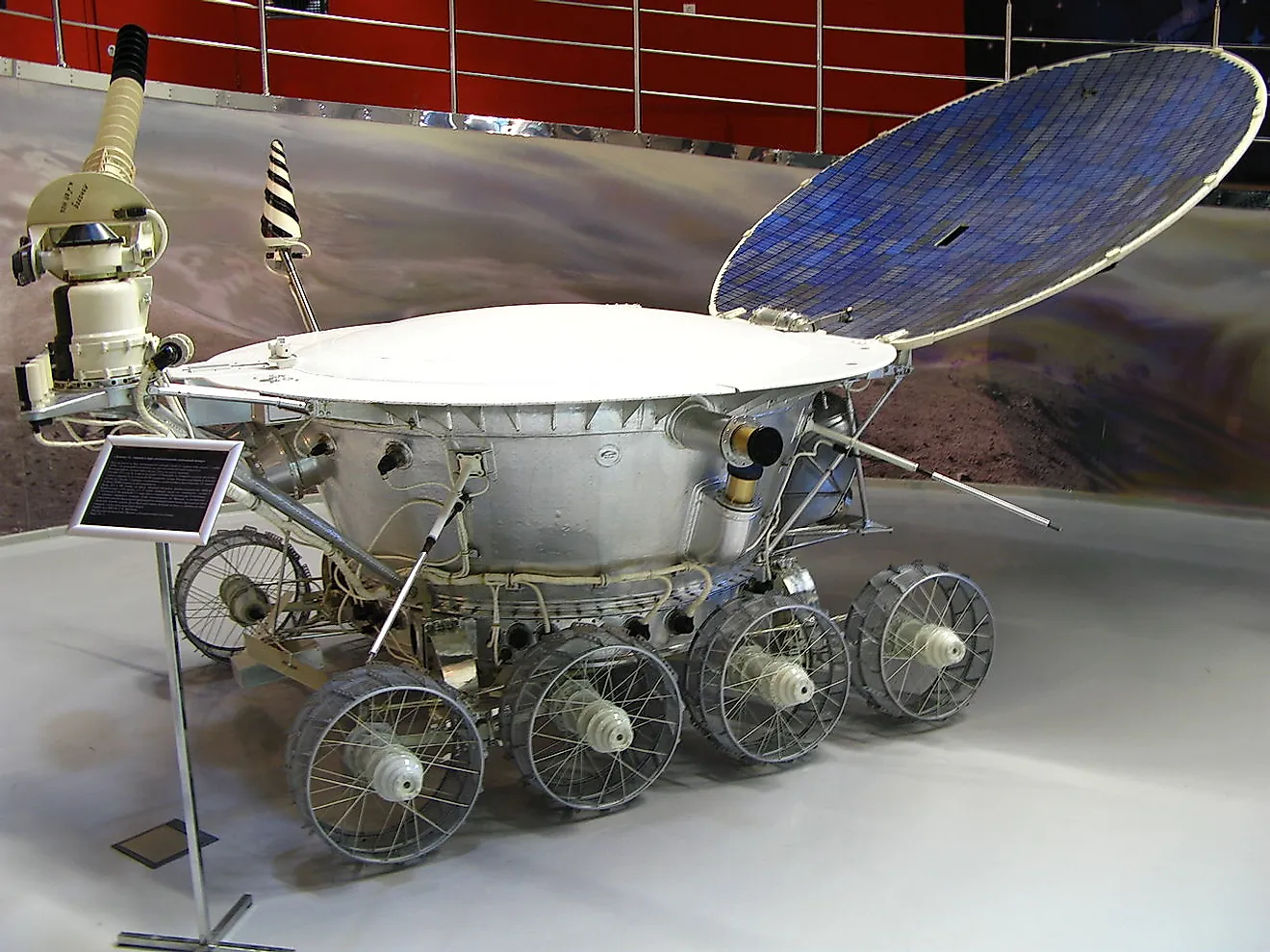
- Soviet scientist Vladimir Demikhov created the world’s first implantable total artificial heart.
- The Soviets launched the world's first space station, Salyut 1, in 1971.
- The first mobile phone device was invented by Soviet engineer Leonid Ivanovich Kupriyanovich.
The Soviet Union is known for the space race with America which resulted in many significant innovations in the world of space travel, such as multistage rockets, satellites, space rovers, and space stations. The Soviets were even successful in launching the world's first manned spacecraft. But Soviet scientists and engineers were responsible for many other inventions which have had a significant impact on the world and resulted in many things humans take for granted on a day to day basis. Below are ten Soviet inventions that have had a particular impact on health sciences, space exploration, and technology in everyday life.
10. Autojektor
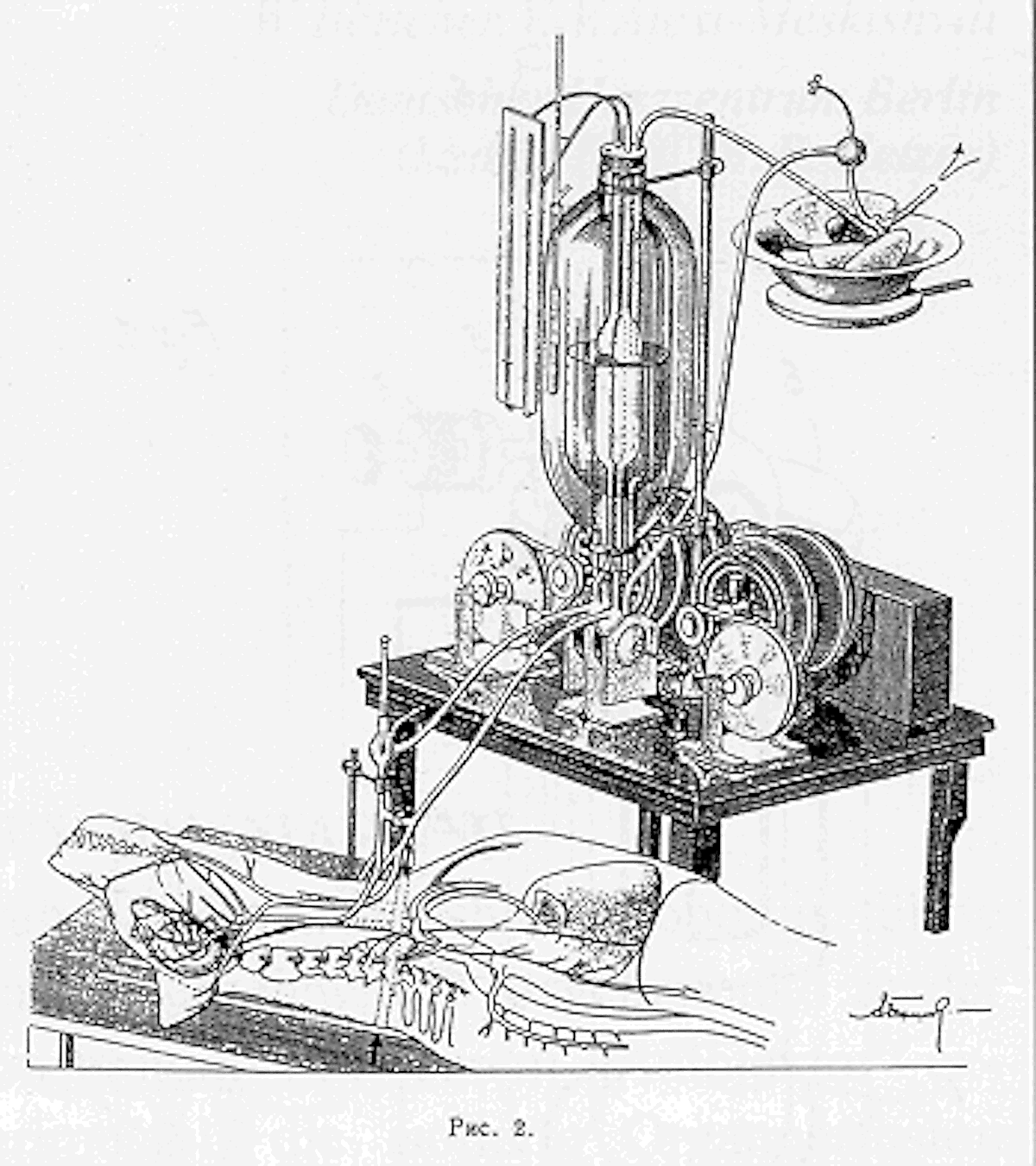
A lesser known invention, the autojektor was an early heart and lung machine, developed by Soviet scientist Sergei Brukhonenko in 1926. While Brukhonenko’s experimentation on dogs using the machine for life support and resuscitation met with limited success, his pioneering work led the way to future experiments in cardiac surgery and ultimately the cardiopulmonary bypass technique which has revolutionized the world of medicine.
9. Ilizarov Apparatus
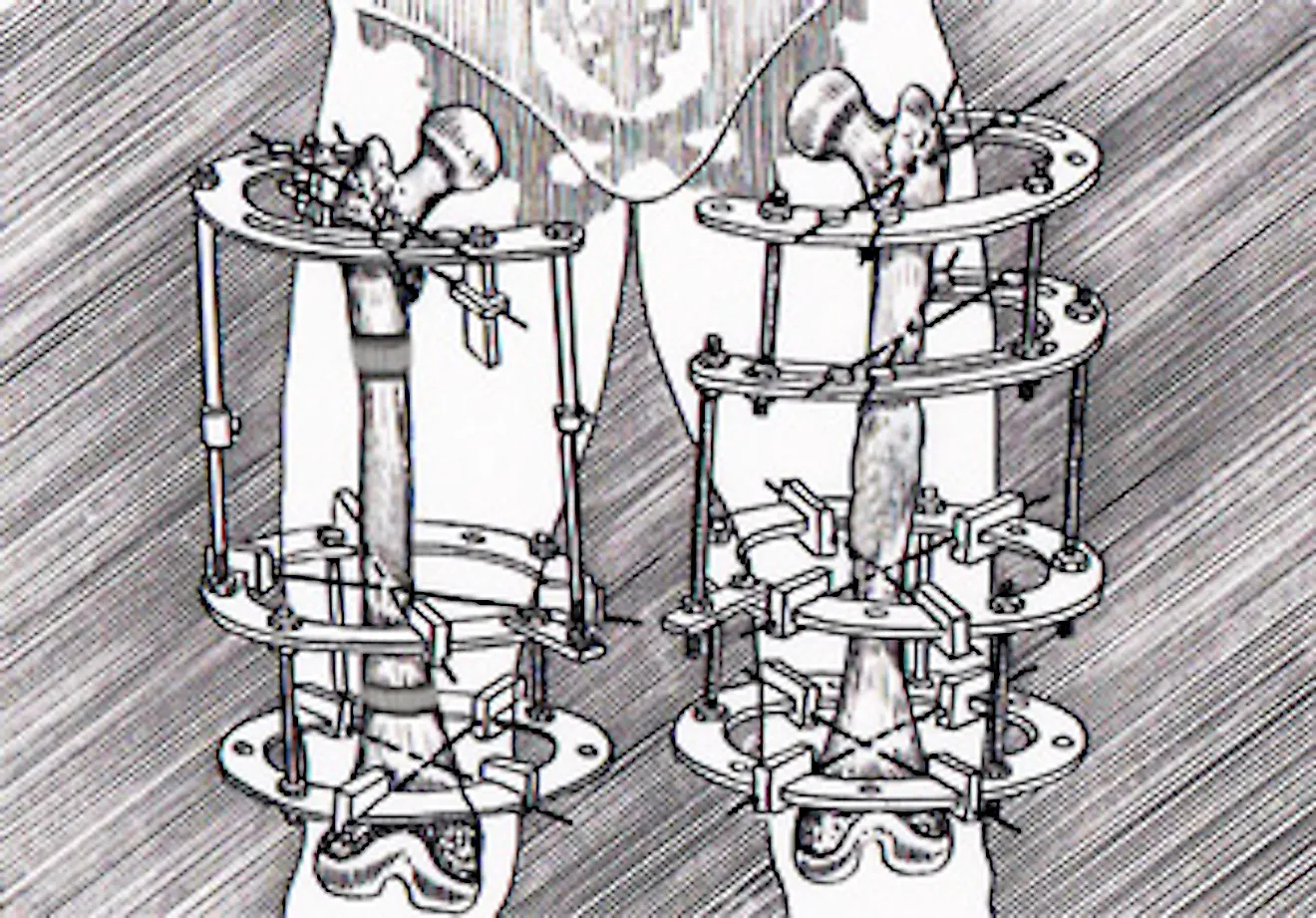
The Ilizarov apparatus, named after Soviet physician Gavriil Abramovich Ilizarov, is a medical apparatus still in use today for orthopedic surgery as a part of the Ilizarov method, used to save limbs in cases of complex or open fractures.
Ilizarov designed the apparatus in the 1950s treating patients in Siberia. His method gained fame with his successful treatment of Soviet high jumper Valery Brumel in 1968, and Italian journalist Carlo Mauri in 1980, and was soon embraced by surgeons around the world.
8. Anthrax Vaccine

French scientist Louis Pasteur is remembered as developing the first anthrax vaccine for animals, the first human vaccine was developed in the Soviet Union in the 1930s.
While the Soviet live spore vaccine was deemed unsafe for human use in the West, and the British and Americans developed inactive vaccines in the 1950s and 60s, it was still an important first in the fight against human anthrax, and a significant Soviet contribution to the health sciences. Though the disease is rare today, outbreaks do occur, and those at high risk of coming into contact with anthrax spores may be vaccinated.
7. Artificial Heart
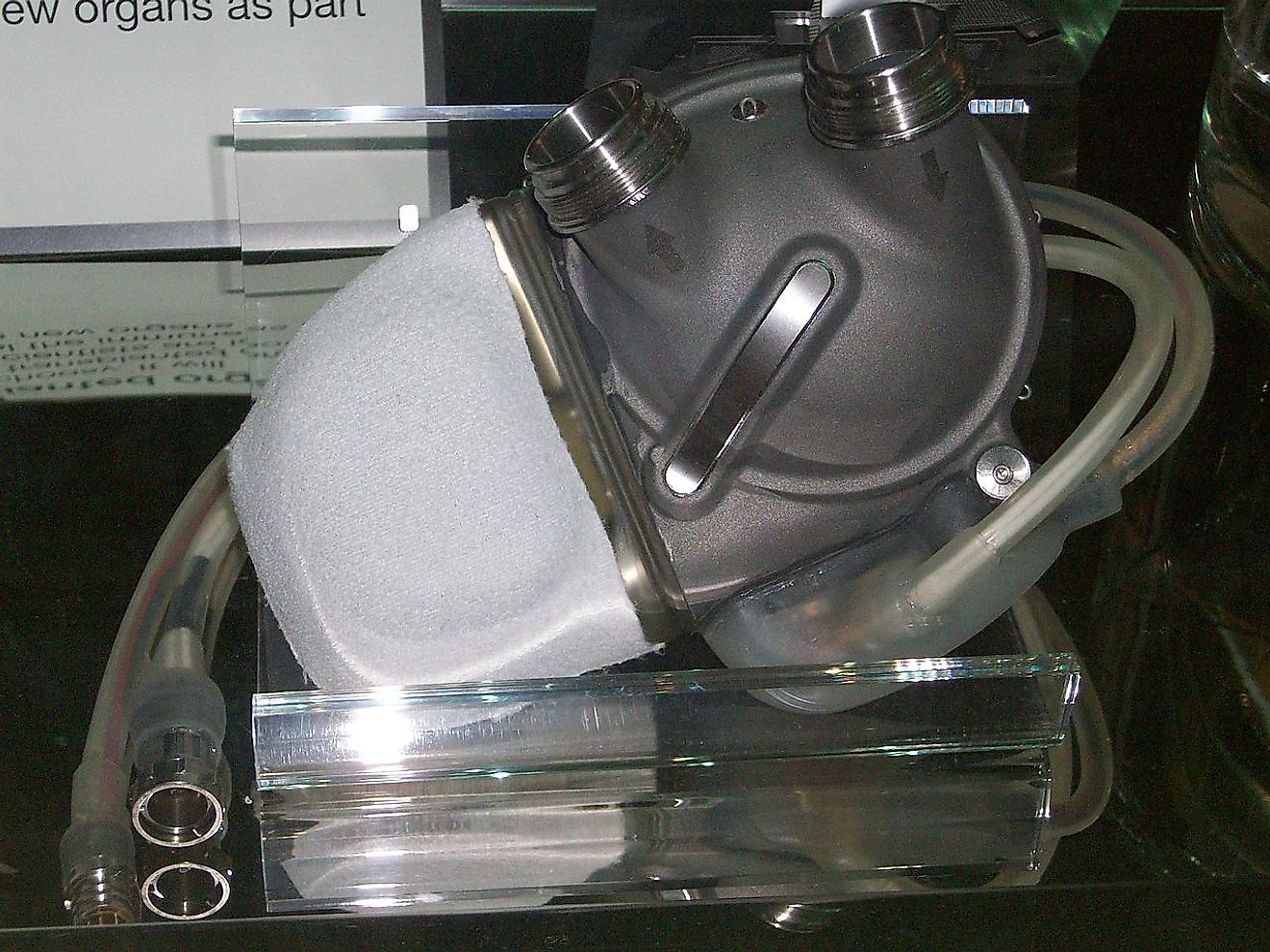
Artificial hearts have changed the world of cardiac medicine, serving as life-saving devices for patients requiring a heart transplant. While Dr. Barney Clark is remembered for pioneering artificial heart implantation in humans, his work was preceded by Soviet innovation.
Soviet scientist Vladimir Demikhov created the world’s first implantable total artificial heart in 1937. He successfully implanted the device in a dog, and while the dog lived only a few hours, Demikhov’s work proved that an artificial heart was possible and sparked years of further study and experimentation. The first successful total artificial heart implantation in a human was performed at the University of Utah in 1982.
6. Multistage Rocket
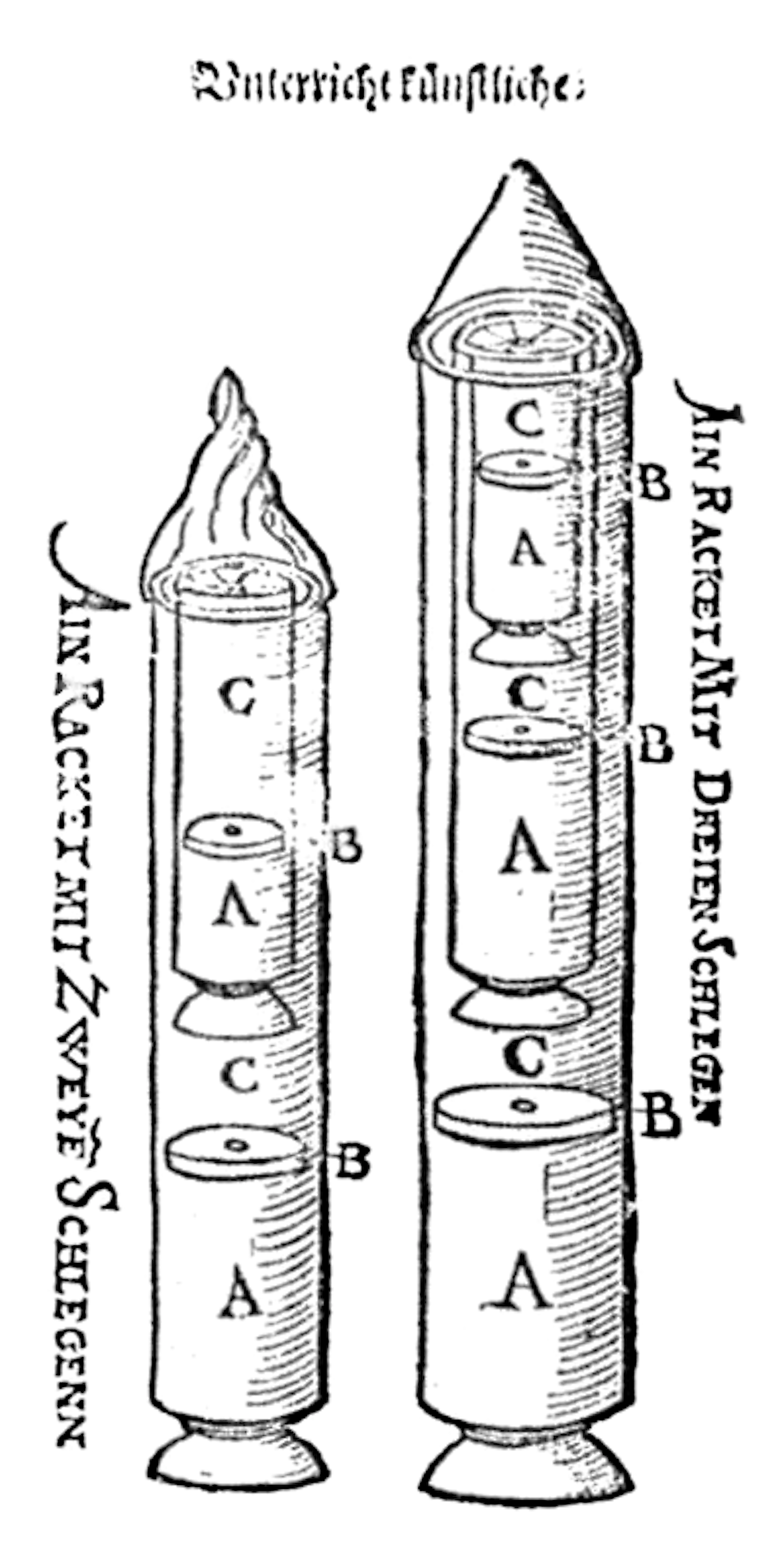
Multistage rockets are used today as the vehicle to launch any object into space. Needless to say, the invention of multistage rockets has made possible all of the biggest human achievements in space, as well as things people have grown to take for granted in daily life, such as GPS navigation.
While examples of rocket theory date back hundreds, and even thousands of years, the theory of multistage rockets was developed in Soviet Russia in the 1940s and 50s by rocket engineers and scientists, notably Mikail Tikhonravov and Dmitry Okhotsimsky. A rocket was used to launch Sputnik 1 into space in 1957.
5. Sputnik 1
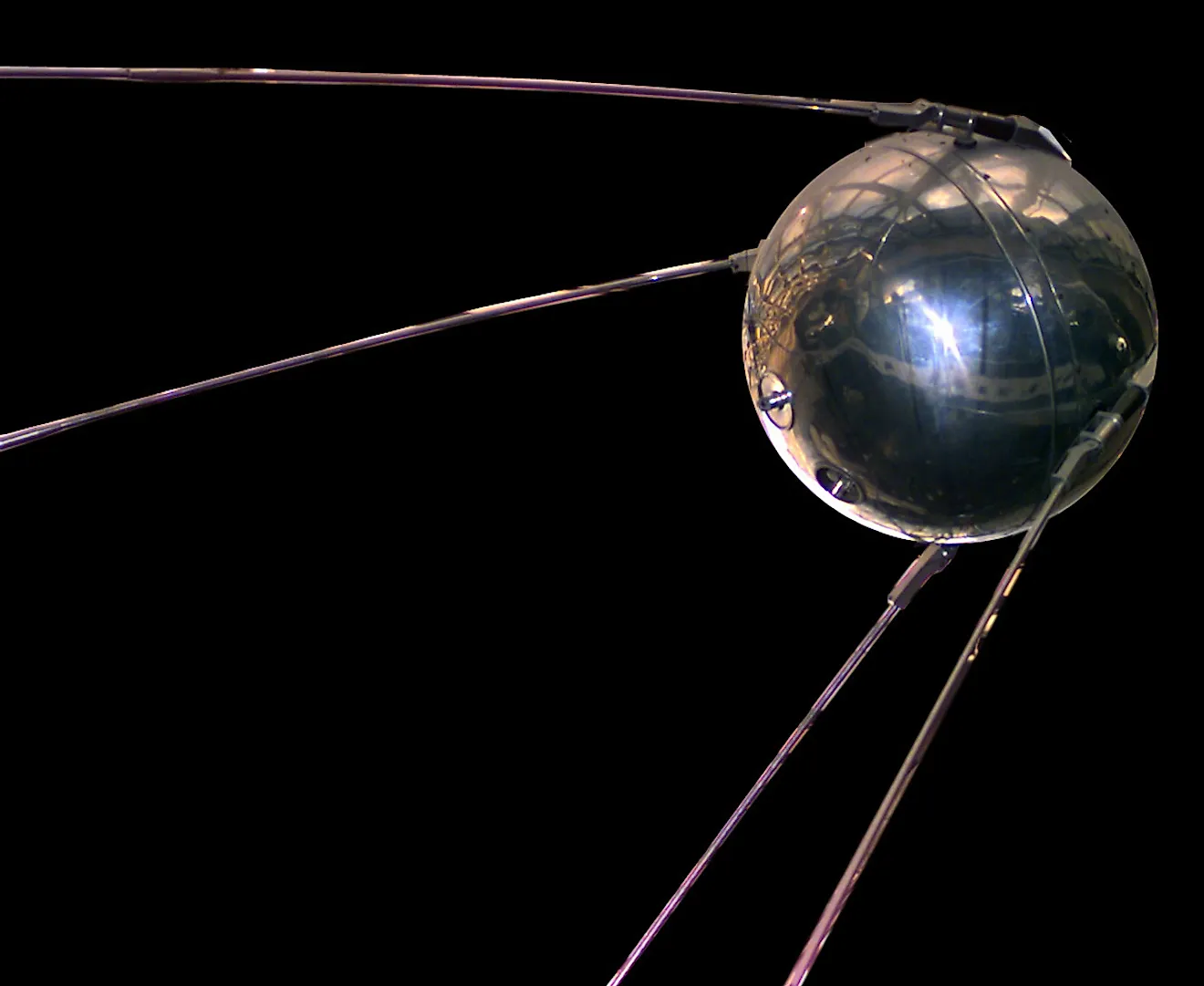
The launch of Sputnik 1, the first human-made object in space, on October 4, 1957 effectively marked the beginning of the space age, and was one of many Soviet firsts in space travel innovations.
The satellite was developed in the 1950s by Soviet scientists, most notably Sergei Korolev who proposed the design, and Mikhail S. Khomyakov who was responsible for its construction. While the Americans were working on its own satellite at the same time, the Soviets were the first to successfully launch, putting them out in front of the space race.
4. Vostok 1
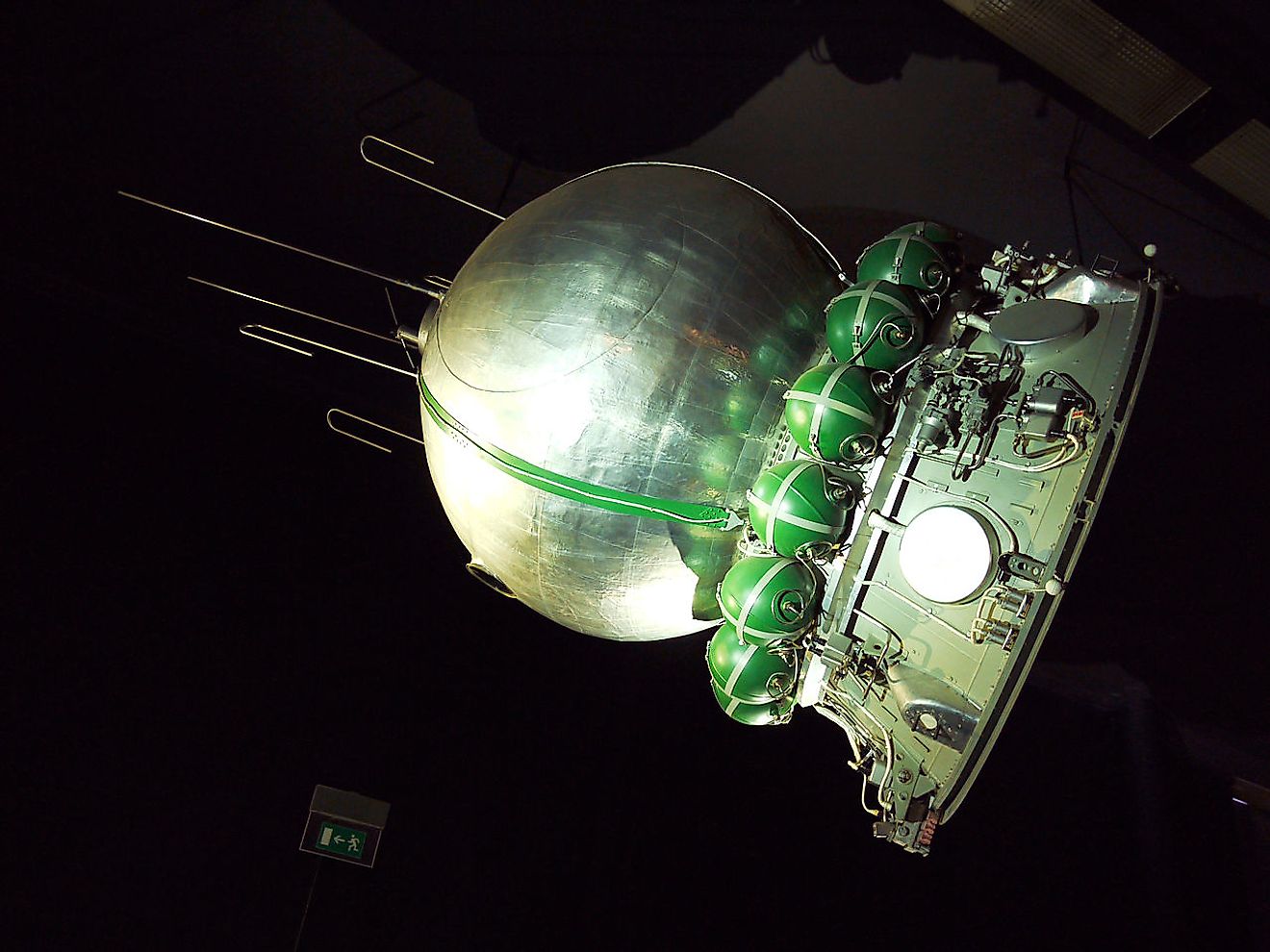
Another milestone in the space race, the launch of the Vostok 1 made history as the world’s first manned spaceflight. The spacecraft was launched on April 12, 1961, and, with Yuri Gagarin aboard, completed a single orbit of Earth before re-entering the atmosphere and landing in Kazakhstan.
The Soviets developed the Vostok 1 spacecraft in the late 1950s and early 60s, racing against the American Project Mercury.
3. Space Rover
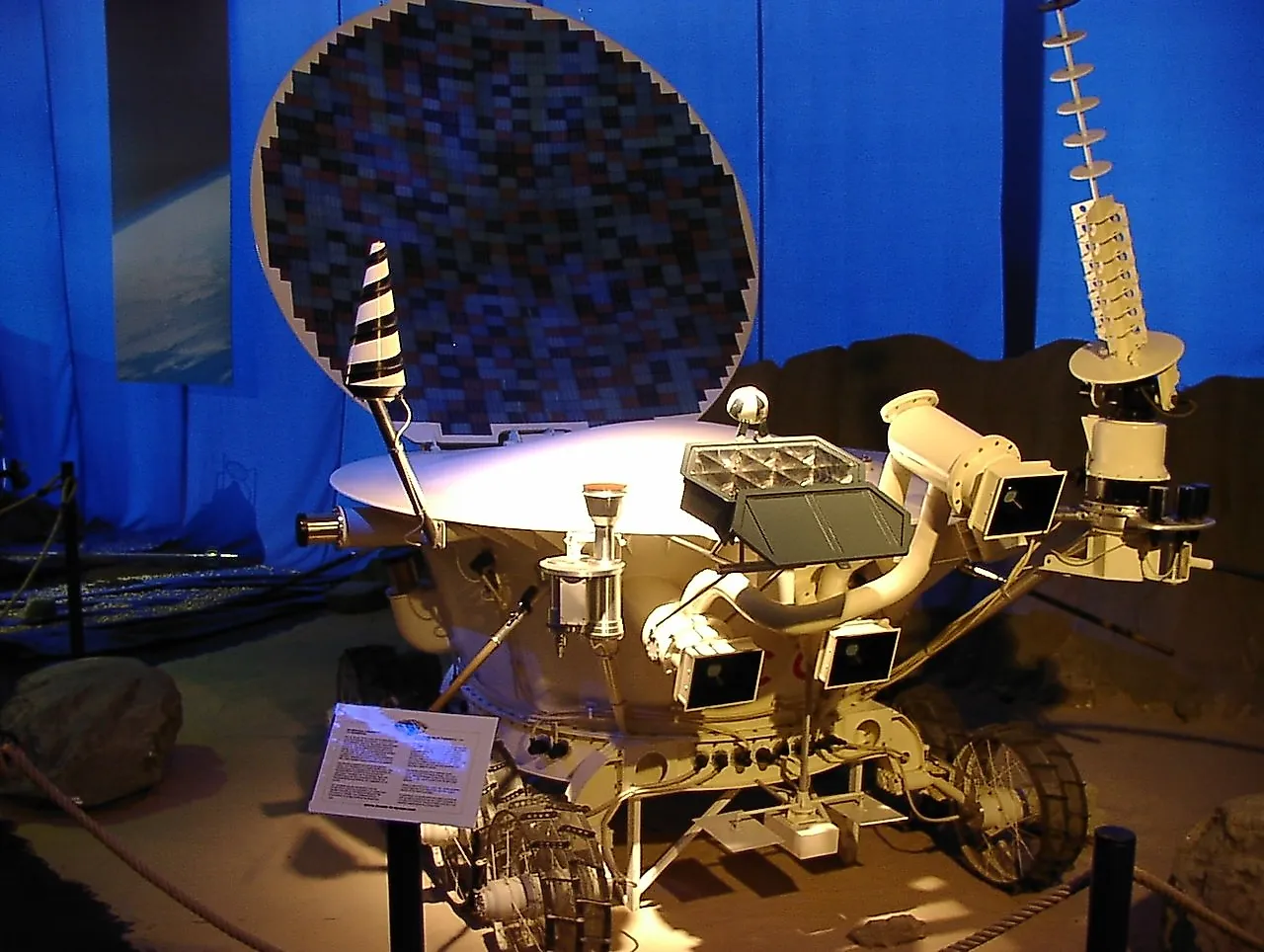
NASA’s Mars Rover Curiosity gained widespread fame for long outlasting its targeted mission duration, and the discoveries it has made about Mars. But decades before Curiosity first landed on Mars in 2012, the Soviets landed the first-ever space rover on the moon.
On November 17, 1970, the remote-controlled Lunokhod 1 landed on the moon. Soviet engineers had completed the rover in a year, after the failed launch of the first Lunokhod in 1969. Like Curiosity, Lunokhod outlasted its mission duration, operating for eleven days instead of the planned three. The rover opened up new possibilities for space exploration.
2. Salyut I
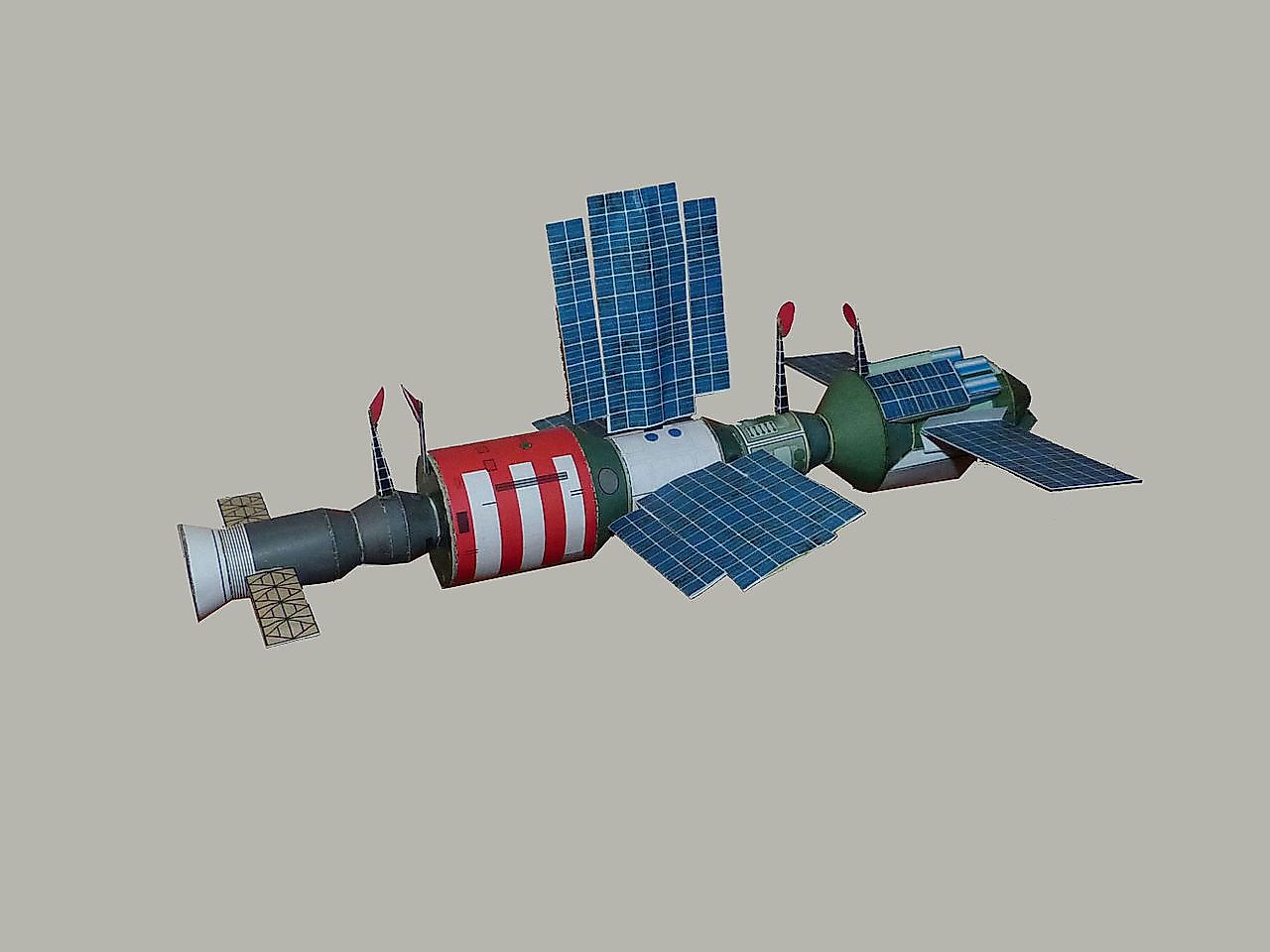
One of the many firsts the Soviets achieved in the space race, the Salyut 1 was the world’s first space station, laying the foundations for the present-day space station which has resulted in significant scientific advancements.
Construction of the Salyut 1 was swift, and the station was launched on April 19, 1971, a little over a year after construction began. The crew of the Soyuz 11 arrived on June 7 and stayed on the station for 23 days, the first humans to ever man a station in space.
1. Mobile Phone
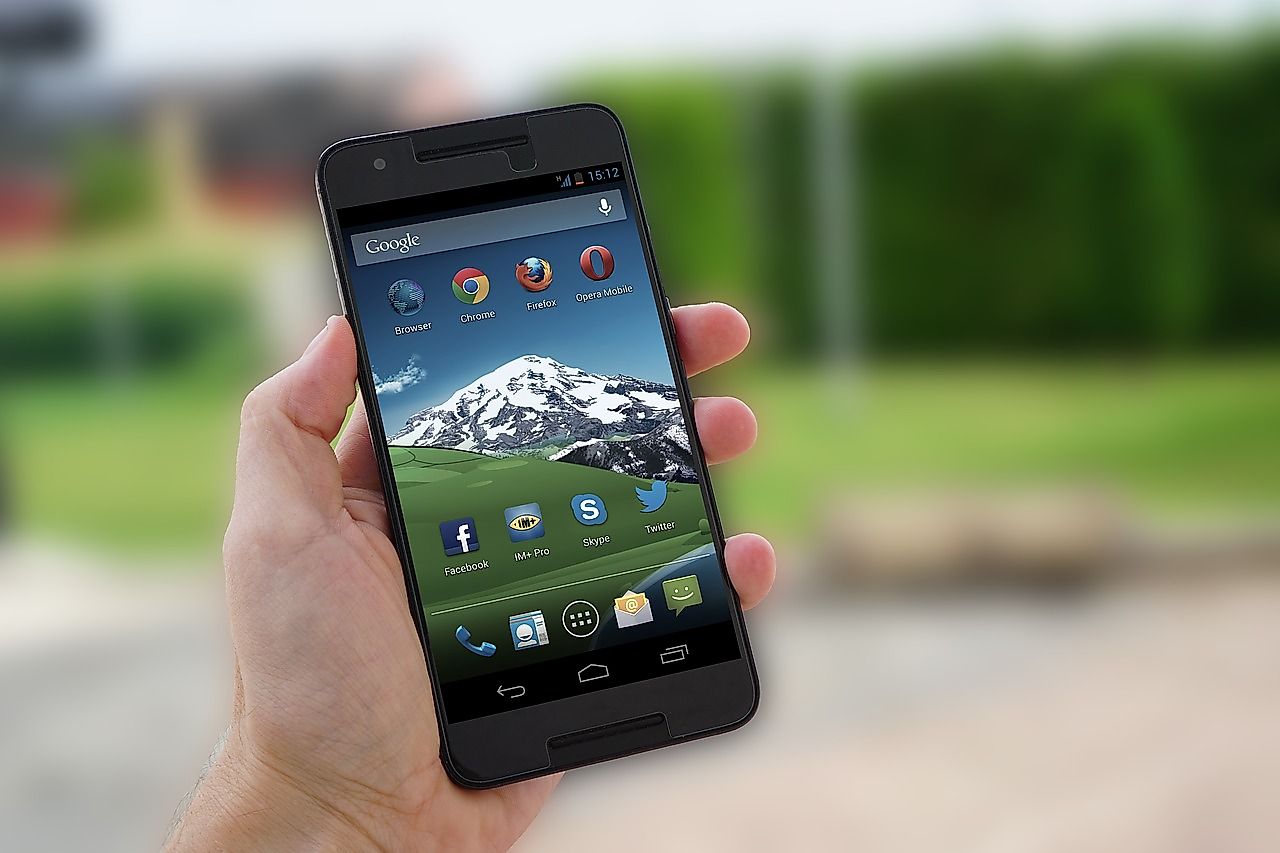
There is no question that the cell phone has defined the 21st century. While many associate mobile phone innovation with the tech giant Apple, the invention of the cell phone is typically traced to the mobile phone introduced by Motorola in 1973. But the Soviets were already creating mobile devices twenty years earlier.
Soviet engineer Leonid Ivanovich Kupriyanovich successfully created a mobile phone in 1957. By 1963 he had refined his invention and began selling the “Altai”, a palm-sized mobile device that predated the Motorola phone by ten years.











